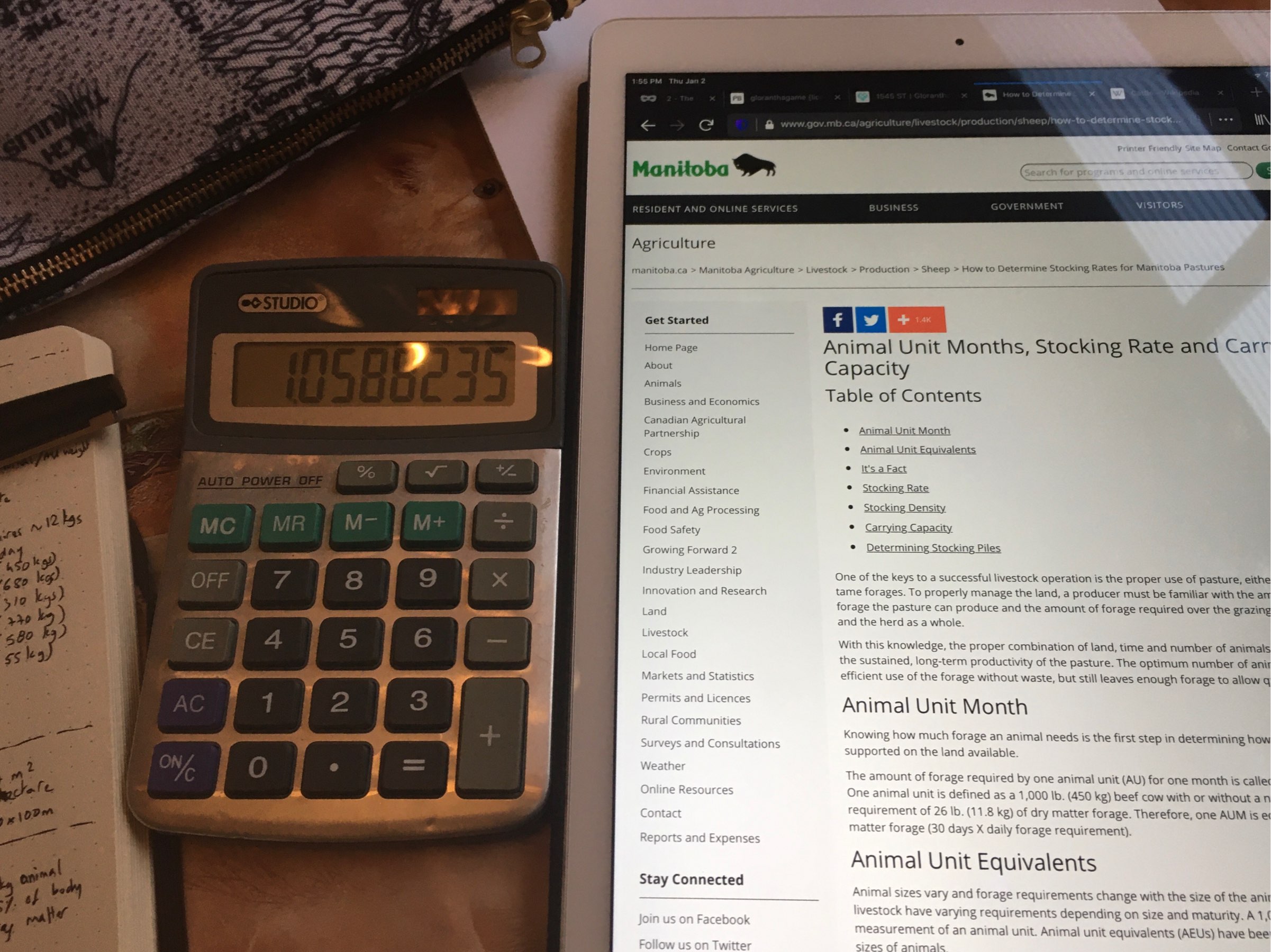Oh joy, my Yellow King RPG arrived! With the, ahem, few little bonus things I got along with it. Am I ever gonna get a reading pile of decreasing size? Need more free time and more players!
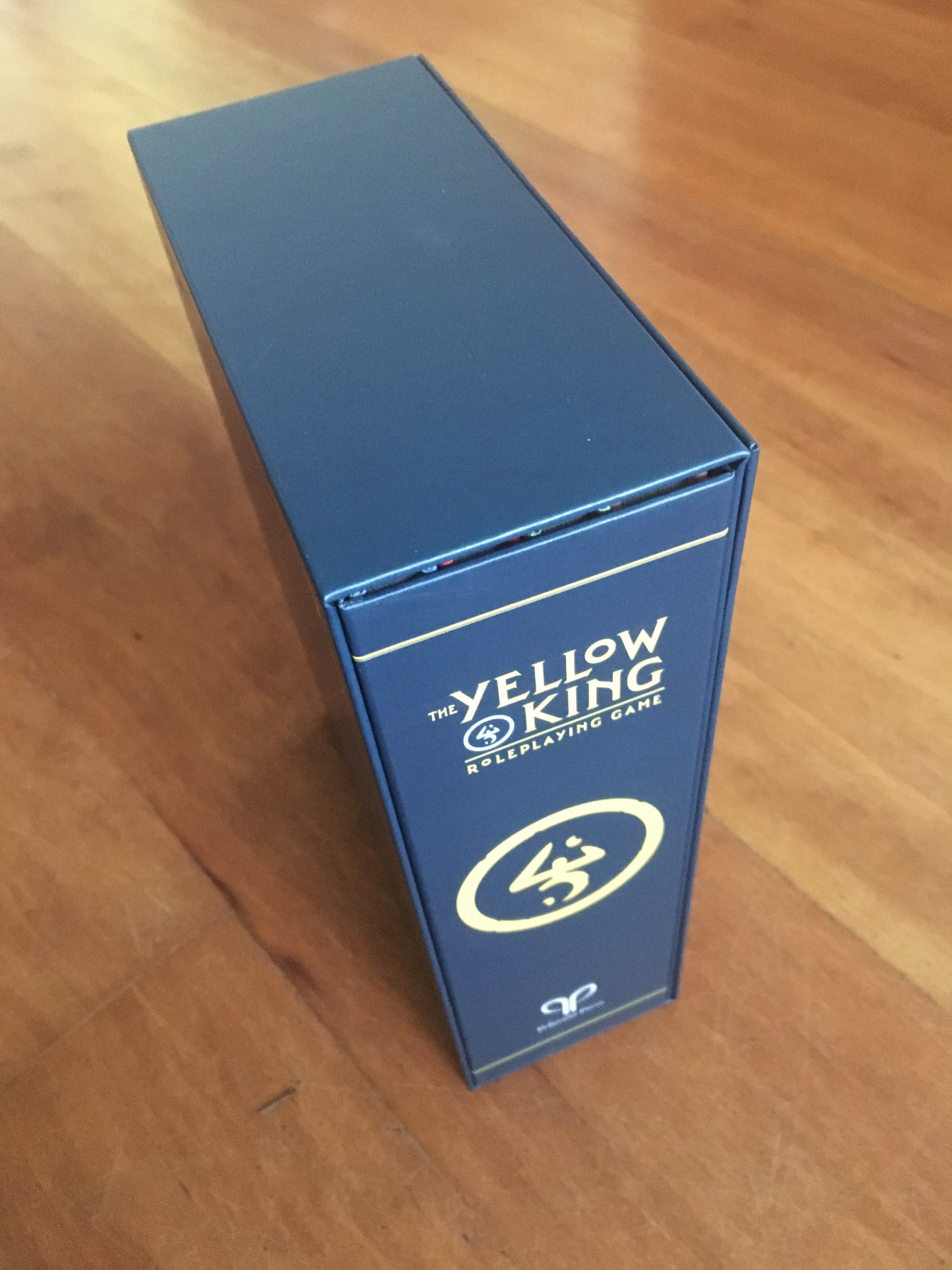

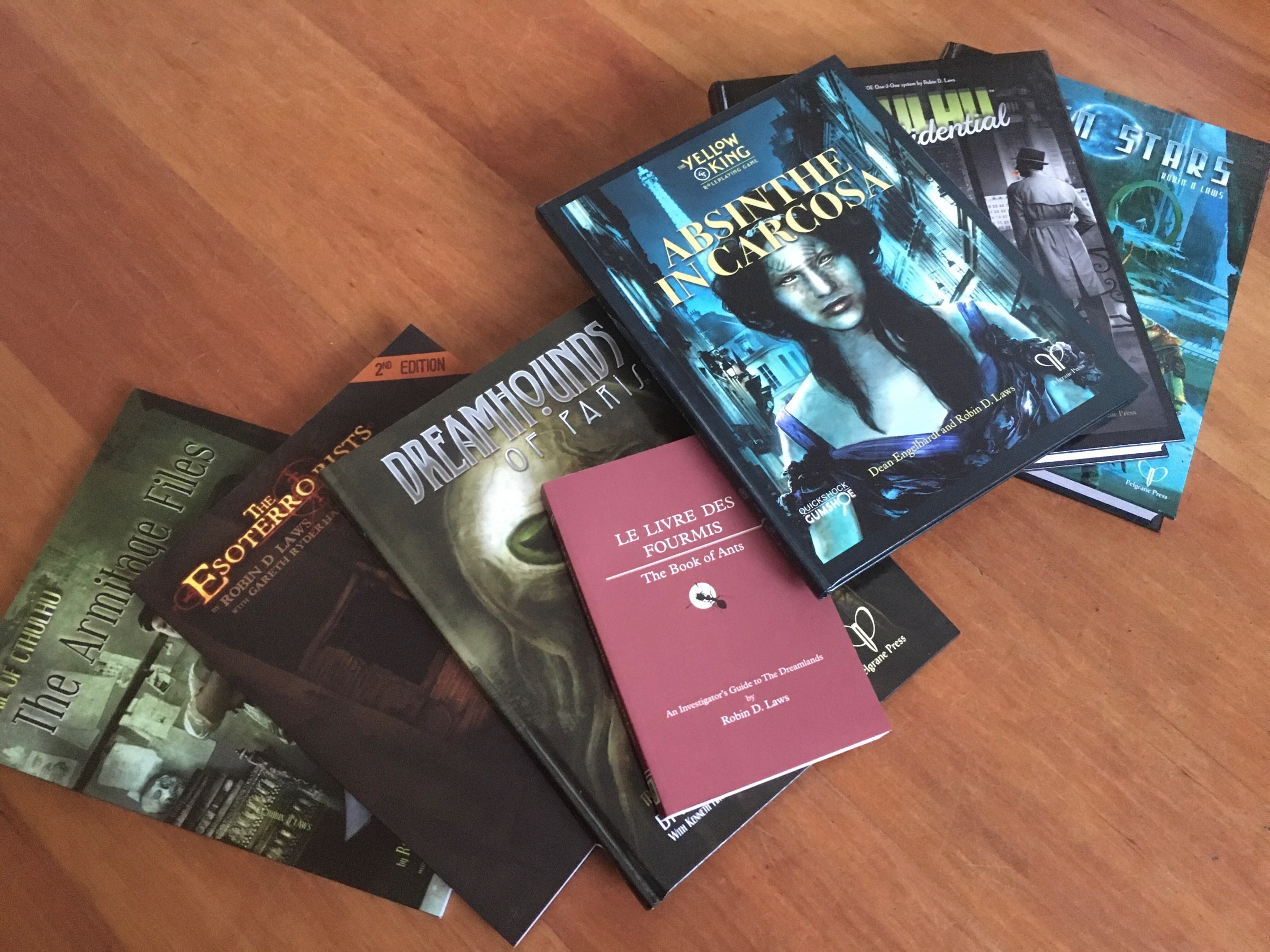
Oh joy, my Yellow King RPG arrived! With the, ahem, few little bonus things I got along with it. Am I ever gonna get a reading pile of decreasing size? Need more free time and more players!



It’s very nice of David Bowie and his estate to have released a Bowie-related thing on my birthday for the past several years. Keep it coming!
I got a used copy of RuneQuest’s Runemasters and I love that there are a few scribbles in there, like apparently some party cut this troll’s right arm years ago! What happened then?! So intriguing!

Now is the time to ask the eternal question that mankind has struggled with since the dawn of consciousness: “what the fuck was I working on before the holiday break?”
I wonder if I can still send this to Chaosium…

People in my TL: “Facts-based policies! Trust the experts!”
Also people in my TL: “Oh what? Studies show that Uber/Lyft actually ruin things long term for cities? Yeah but that one time I was drunk and had to wait for the bus too long so no, gonna ignore that”
Trying to allocate lands to clans in the Alone Confederation for my possibly upcoming RuneQuest sourcebook… the hardest part might be later coming up with names…
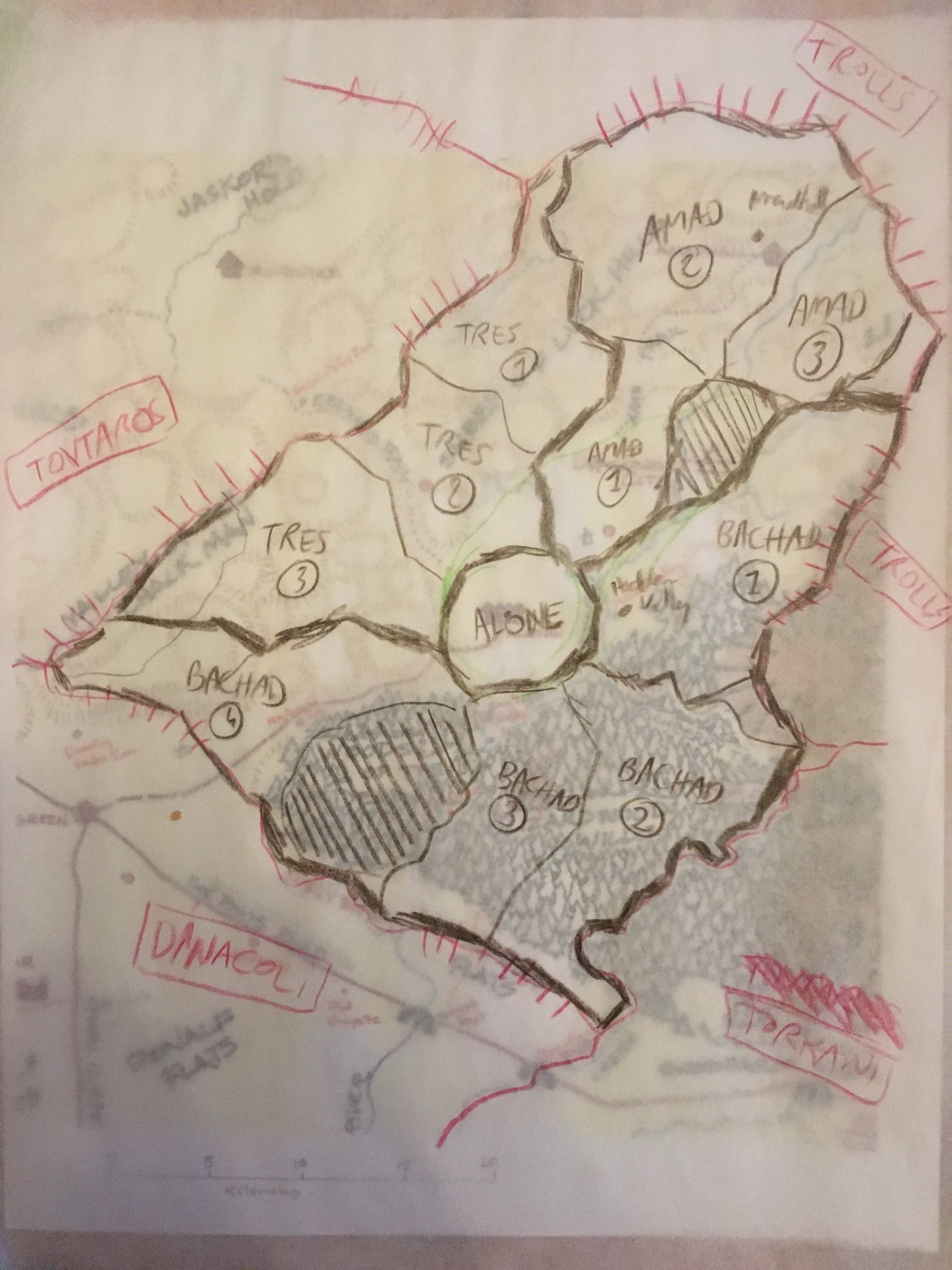
It’s weird to see the Dragon Pass map sideways like this
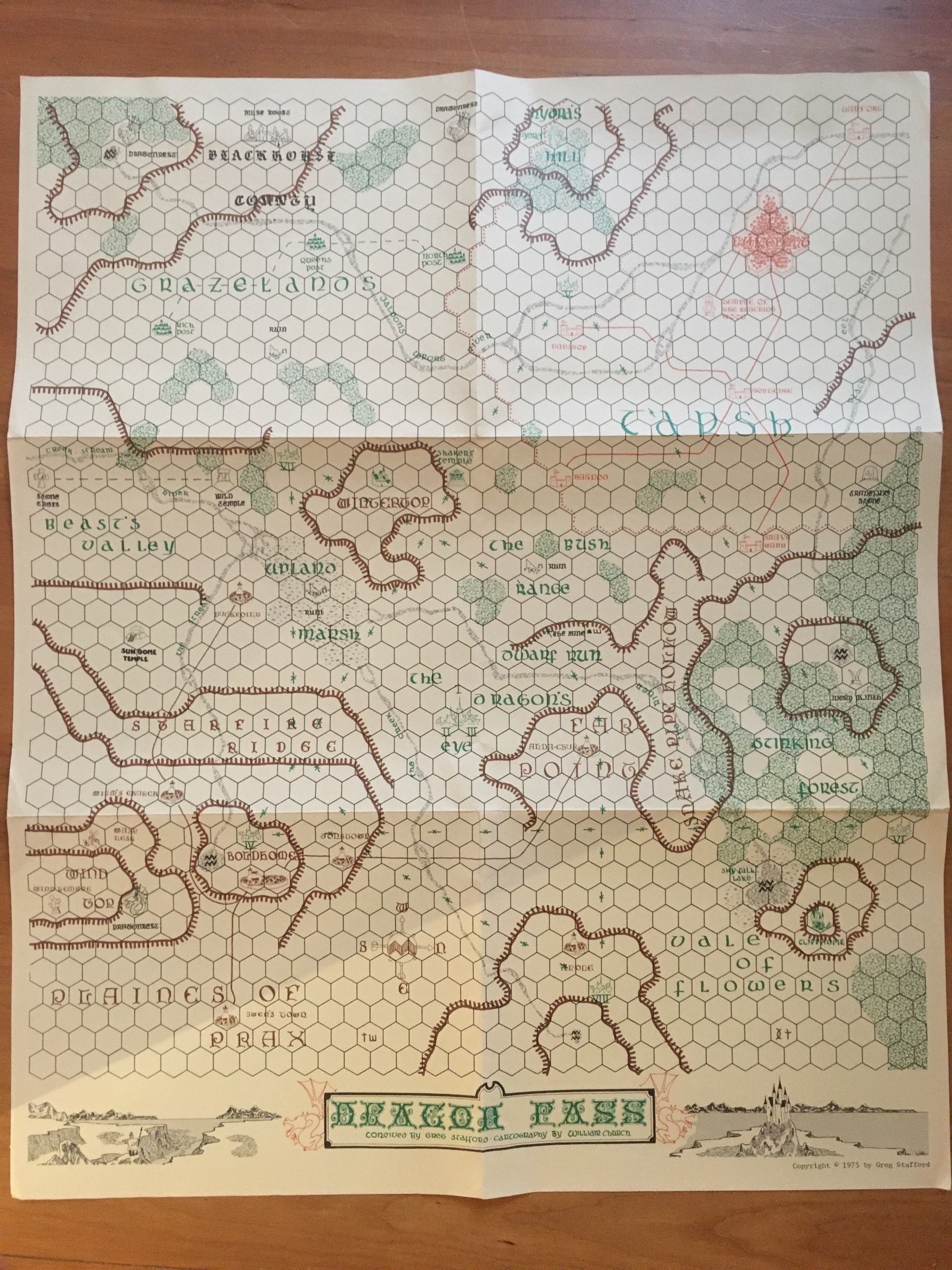
Well I can confirm that the original Jumanji is still a hit with kids aged 8 to 10!
Why, yes, I’m writing some #TTRPG material, and I have to lookup some farming information to figure out how much pasture you need for a given number of cows. Things I didn’t know I’d learn today…
